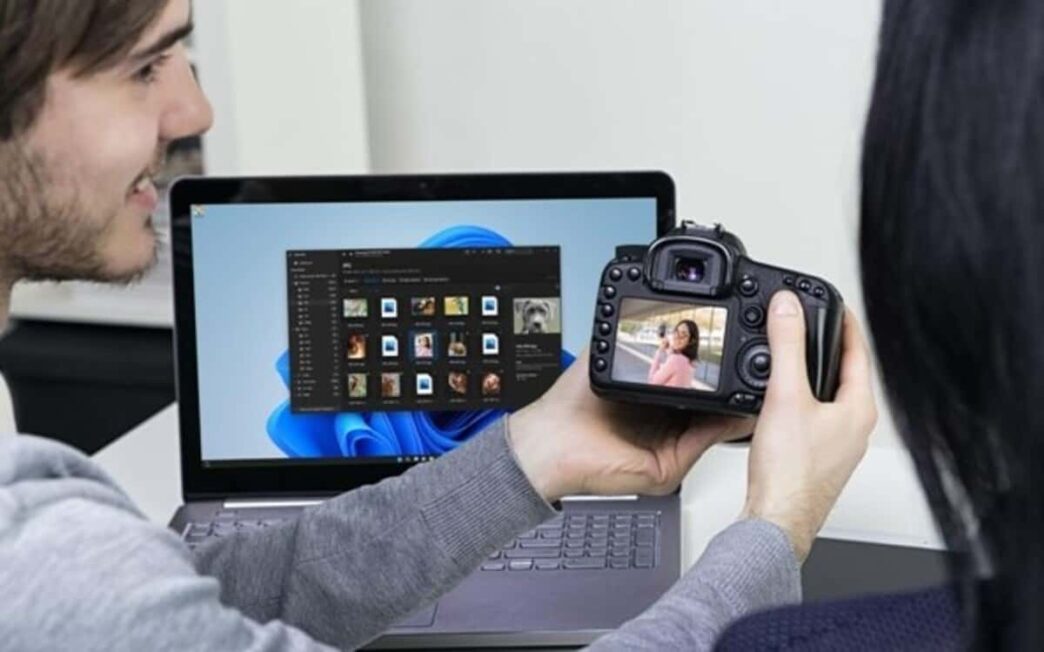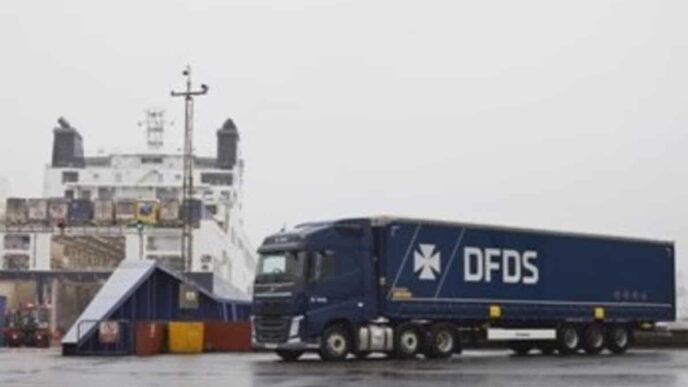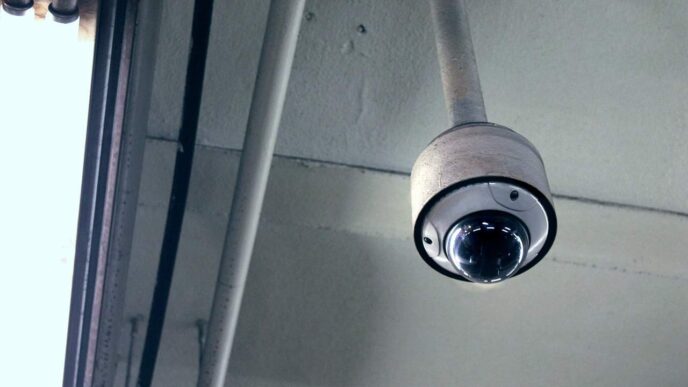GoPro cameras are incredibly popular among adventure enthusiasts and action sports enthusiasts, thanks to their durability and ability to capture stunning footage. However, it can be frustrating when you accidentally delete a video or lose it due to a technical glitch. In this comprehensive guide for GoPro recovery, you will learn everything you need to know about recovering deleted GoPro videos.
Understanding How GoPro Storage Works
Before we delve into the details of GoPro recovery, it’s essential to understand how GoPro storage works. GoPro cameras use either a microSD card or internal storage to store videos and photos. The quality of the footage and the frame rate determines the amount of space required, and the camera’s settings also play a role in how much storage space the camera uses.
GoPro cameras come with different storage capacities, ranging from 32GB to 512GB, depending on the model. If you’re using a microSD card, the camera will automatically create a new folder for each day of recording. The folder will contain all videos and photos captured during that day.
Reasons for GoPro Video Loss
Several factors can lead to GoPro video loss, including accidental deletion, formatting, corruption, and physical damage to the camera or storage device. Accidental deletion is the most common cause of GoPro video loss, which can happen when you’re trying to free up space on your camera or delete unwanted footage. Formatting your camera or storage device can also lead to video loss.
Corruption of the storage device can also result in video loss, and it’s often caused by improper ejection or sudden power loss while recording. Physical damage to the camera or storage device can also result in video loss, such as dropping the camera or exposing it to water or extreme temperatures.
The Importance of Immediate Action
If you have accidentally deleted a video or lost it due to a technical glitch, it’s essential to take immediate action. The longer you wait, the more likely it is that the video will be overwritten or corrupted, making it impossible to recover.
When a file is deleted from your GoPro camera, it isn’t entirely removed from the storage device. Instead, the space it occupies is marked as available, and the file is no longer accessible. However, the file isn’t entirely gone until it’s overwritten by new data.
The Basics of GoPro Video Recovery
There are two ways to recover deleted GoPro videos: using a backup or recovery software. If you have a backup, you can restore your videos from the backup. However, if you don’t have a backup, you can use recovery software to recover the deleted videos.
The best way to recover deleted GoPro videos is to use a reliable recovery tool. A recovery tool can scan your storage device for deleted files and recover them. However, it’s essential to choose a reputable recovery tool to avoid further damage to your storage device or camera.
Reliable Ways to Recover Deleted GoPro Videos
There are several reliable ways to recover deleted GoPro videos, including manual recovery, using a recovery tool, or seeking professional help. Manual recovery involves searching for the deleted files in the camera’s folders or storage device. However, this method can be time-consuming and may not be effective if the file has been overwritten or corrupted.
Using a recovery tool is a reliable way to recover deleted GoPro videos. There are several recovery tools available, such as EaseUS Data Recovery, Recuva, and Disk Drill. These tools can scan your camera’s storage device for deleted files and recover them.
Using Third-Party Software for GoPro Recovery
Using third-party software for GoPro recovery is a viable option for recovering deleted videos, especially if the manual recovery method fails. Third-party software offers a more comprehensive scan of your storage device and can recover files that were overwritten or corrupted.
However, it’s essential to choose a reputable third-party recovery tool to avoid further damage to your storage device or camera. It’s also essential to follow the manufacturer’s instructions when using third-party software to avoid damaging the storage device or camera.
Tips for Avoiding GoPro Video Loss
Preventing GoPro video loss is essential to avoid the frustration of losing your precious footage. Here are some tips to help you avoid GoPro video loss.
● Always backup your footage to an external hard drive or cloud storage.
● Avoid deleting videos or photos from your camera unless you have backed them up.
● Use a reliable microSD card with a high transfer speed to prevent corruption or data loss.
● Turn off your camera before removing the storage device to prevent data loss or corruption.
● Keep your camera away from water, dust, and extreme temperatures to prevent physical damage.
Frequently Asked Questions About GoPro Recovery
● Is it possible to recover deleted GoPro videos? Yes, it’s possible to recover deleted GoPro videos using a recovery tool or seeking professional help.
● Can I recover deleted GoPro videos without a recovery tool? Manual recovery is possible, but it can be time-consuming and may not be effective if the file has been overwritten or corrupted.
● Can I recover videos from a formatted GoPro camera? Yes, it’s possible to recover videos from a formatted GoPro camera using a recovery tool.
● How long does it take to recover deleted GoPro videos? The time it takes to recover deleted GoPro videos depends on the size of the storage device and the speed of the recovery tool.
Conclusion and Final Thoughts
In conclusion, losing your precious GoPro videos can be frustrating, but there are reliable ways to recover them. Whether you choose to recover your videos manually or use a recovery tool, it’s essential to take immediate action to prevent the file from being overwritten or corrupted. Always backup your footage and follow the manufacturer’s instructions to avoid damaging your storage device or camera.
If you’re unable to recover your videos using a recovery tool, seeking professional help from a data recovery service may be the best option. Remember to take preventive measures to avoid video loss, and always back up your footage to avoid losing your precious memories.















